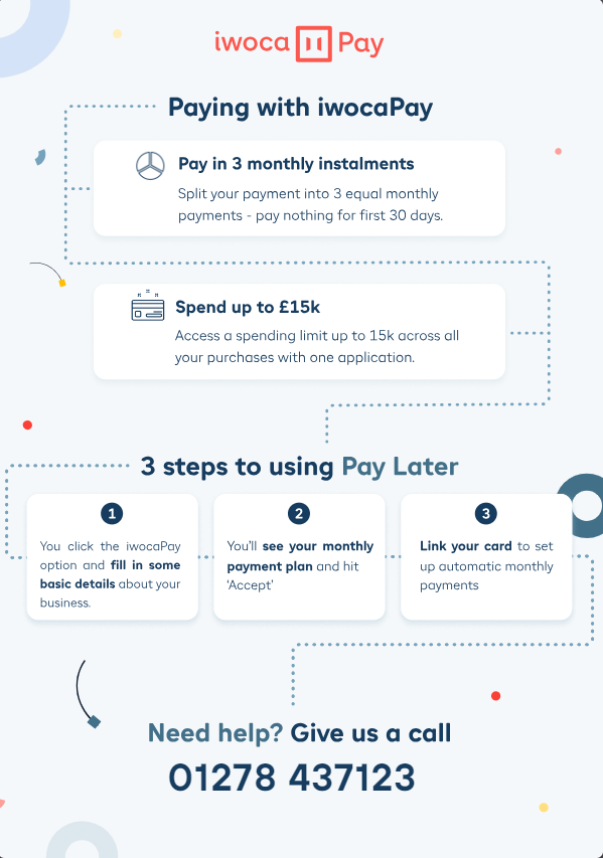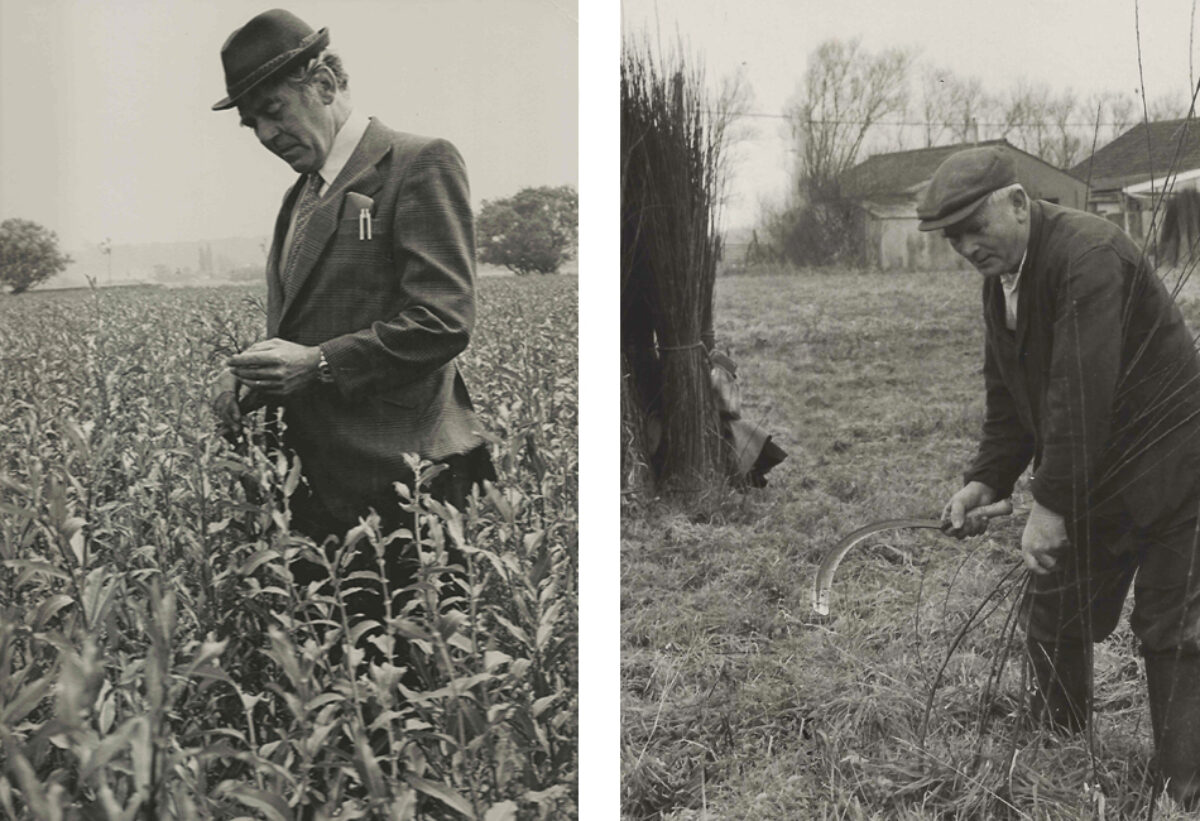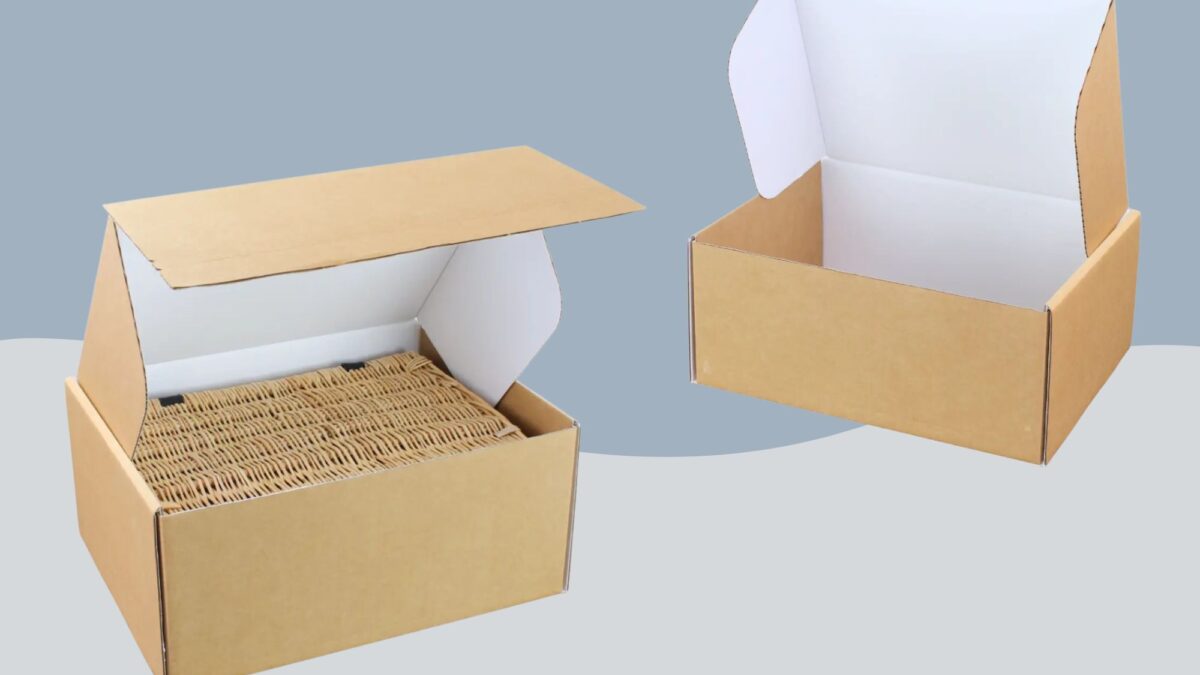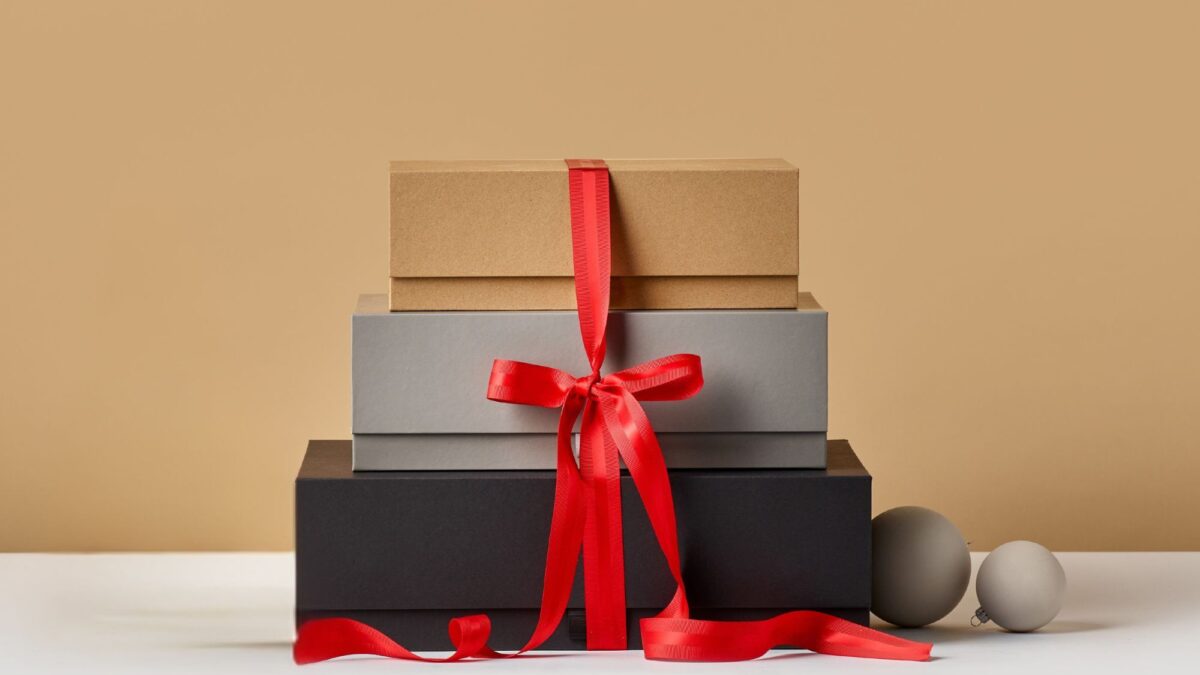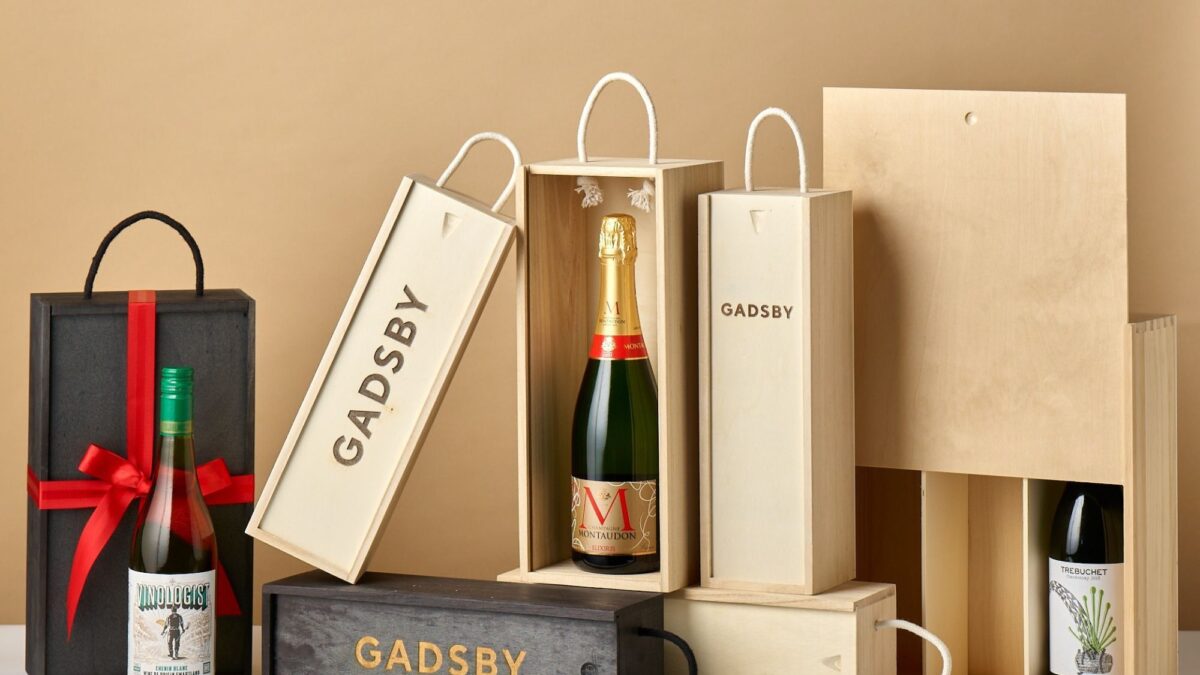- <
- Blog /
Wicker hampers: The production process
22 June 2012
At Gadsby we have been creating wicker baskets since 1864, and are the leading supplier of wholesale wicker baskets in the UK. In fact, basket making in the Gadsby family goes back until at least the mid-1700s. We often get asked a wide range of questions on the material itself, so we thought it wise to put together a quick blog post to help customers understand the process behind a wicker basket, and the material they are made from.
Because of the handmade nature of a wicker basket, little of the production process has changed over the years. The main difference is that the raw willow will now be harvested by machine rather than by hand, all the weaving and finishing is still done by skilled craftsmen.
How is Wicker/ Willow is grown?
The first question that is often asked is the difference between willow and wicker. Essentially, they are the same thing, willow is the raw material that is used to make a willow, or wicker basket!
Willow grows in strands from the ground, it is very fast growing and well suited to growth in many parts of the world. When the willow strands reach a high of around six feet they are ready to be cut. The base of the willow, which grows in clumps of around 30 stems, is left so that the stems can immediately begin to regrow.
The series of images below show different stages of the wicker harvesting process, first growth and cutting, then drying. All of the figures in the images are either former employees, or members of the Gadsby family. Below the images is further information about how the wicker is treated and adapted to create different finishes and effects.
What are the different types and finishes of wicker?
Willow from the UK and Eastern Europe are very similar in colour. Due to the heat, willow grown in the Far-East will generally be lighter in colour as it has grown much faster and the tannin has had less time to develop in the bark. This does not necessarily signify a lower quality material; it is just representative of the area in which it has been produced.
Unpeeled willow
When the willow has been cut it still has a layer of bark on it, and at this stage, once it has been thoroughly dried, it can be woven with the bark still on. This is what we would refer to as unpeeled or rustic wicker. This finish is often used for baskets for use in the garden due to its rustic look, and the additional protection that the bark offers.
White wicker
The second finish of wicker is white wicker, this finish is achieved by simply stripping the bark and then weaving as desired. White wicker is often used to create a fresh, clean looking product, such as shopping baskets for delis and farm shops. Wicker can also be sprayed or painted to create different colour effects, the most popular of these is a white-wash.
Buff wicker
The most popular, and most commonly seen type of wicker, is what is known as buff wicker. This is the traditional, honey or golden colour wicker that is most commonly recognised. The production process for this finish is slightly more complex. The willow is harvested and boiled with the bark on, which causes the dark tannin from within the bark to soak into the white wicker underneath, giving it a rich brown colour. After boiling, the wicker is then dried and can be woven.
Transport and storage
The majority of our wicker products are now produced in either Eastern Europe or the Far-East. All the basketware is transported to the UK by either boat or lorry, and arrives at our warehouse. Stock from the Far-East is fumigated both on departure and arrival to us, to prevent any insects that could potentially eat away at the wicker. It is then put into storage in our warehouse ready to be despatched.
Wicker is an incredibly versatile material, so is ideal for creating unique, bespoke designs as well as standard items. The skills required to create a high-quality wicker basket take years to hone and refine, and at Gadsby we pride ourselves on the high quality of our wholesale wicker baskets, as we have done for almost 150 years.
Rather than simply being an importer of wicker basketware, we still have the knowledge and skills to craft these products ourselves. Our vast experience and understanding of our products and materials allows us to create unrivalled products, and maintain constantly high levels of quality. Equally, our long-standing relationships with our factories abroad allows us to maintain both the highest working standards and the most reliable supply chain in the industry, feeding into our UK base which can house almost 3000 pallets of basketware.
We believe that environmental considerations should be a key part of all our business decisions. Sustainability is a huge influencer on our processes and we constantly challenge ourselves to minimise our ecological impact and carbon footprint. You can find out how we take care to reduce our environmental impact by reading our Environmental Policy.
